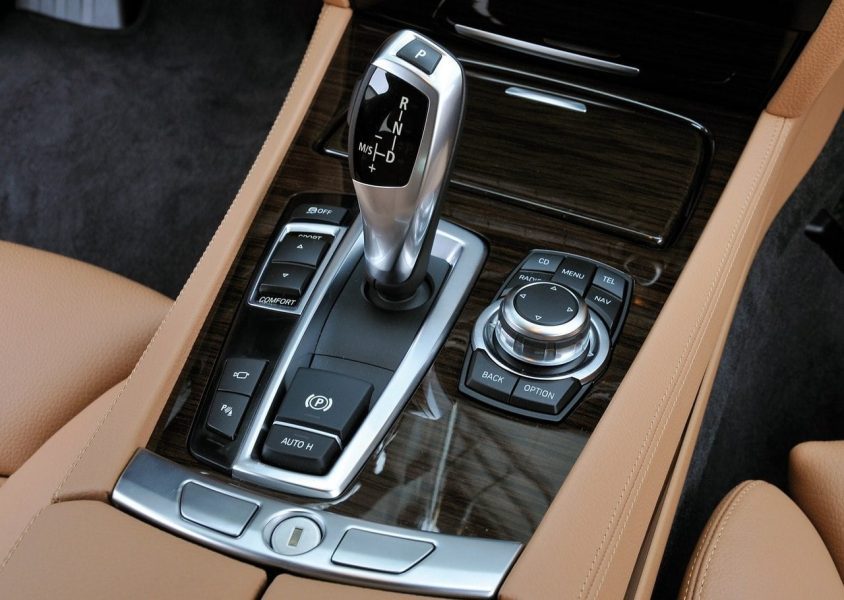
Adaptive gearbox
By itself, this is not an active safety system, it becomes such when it is integrated with traction control and / or ESP devices.
When connected to other systems, the electronics allow the gear shifting to be controlled appropriately to reduce skidding and / or prevent gear shifting when cornering and in all other hazardous situations when information comes from other devices.
Adaptive Gearbox Shift, or "adaptive" automatic transmission control, is a system that continuously adjusts gear shifting to suit the driver's needs and driving style. With classic hydraulic control and many of them, gear shifting is not always optimal and, in any case, cannot adapt to the different driving characteristics of each driver.
To alleviate this inconvenience, a switch has been introduced that allows you to select your preferred type of operation (usually "economical" or "sporty") to anticipate upshifts or use the entire range of engine use, up to maximum rpm. However, even this is not an optimal solution, because it is still a compromise that cannot satisfy all needs.
To further improve the operation of automatic systems, continuous-type adaptive electronic control (self-adaptive, also called proactive) was developed. Data related to the speed of the accelerator pedal, its position and the frequency at which it is at the end of travel or idling is detected and compared with several parameters, including vehicle speed, gear engaged, longitudinal and lateral acceleration, number of brake interventions, thermal speed of the engine.
If, at a certain distance, the control unit detects, for example, that the accelerator pedal is released and at the same time the driver brakes frequently, the AGS electronics recognizes that the vehicle is about to descend and therefore automatically downshifts. Another case is when the control unit detects a significant lateral acceleration, which corresponds to the passage of the curve. When using a conventional automatic transmission, if the driver cuts off the gas supply, a shift to a higher gear occurs with the risk of destabilizing the setting, while using adaptive control, unnecessary gear changes are eliminated.
Another driving situation in which self-adaptation is useful is overtaking. To quickly downshift with a traditional automatic transmission, you need to fully depress the accelerator pedal (so-called "kick-down"), with AGS, on the other hand, downshifting is done as soon as the pedal is depressed very quickly without having to press it to the floor. In addition, if the driver aborts the overtaking attempt by abruptly releasing the accelerator pedal, the self-adaptive electronics understands that he should not shift into a higher gear, but should maintain the appropriate gear for the next acceleration. The gearbox is also linked to a sensor that warns that the car is going downhill (which is then like decelerating) and also in this case the lower gears are left to use the engine brake (this feature has not yet been developed without the manufacturer).

